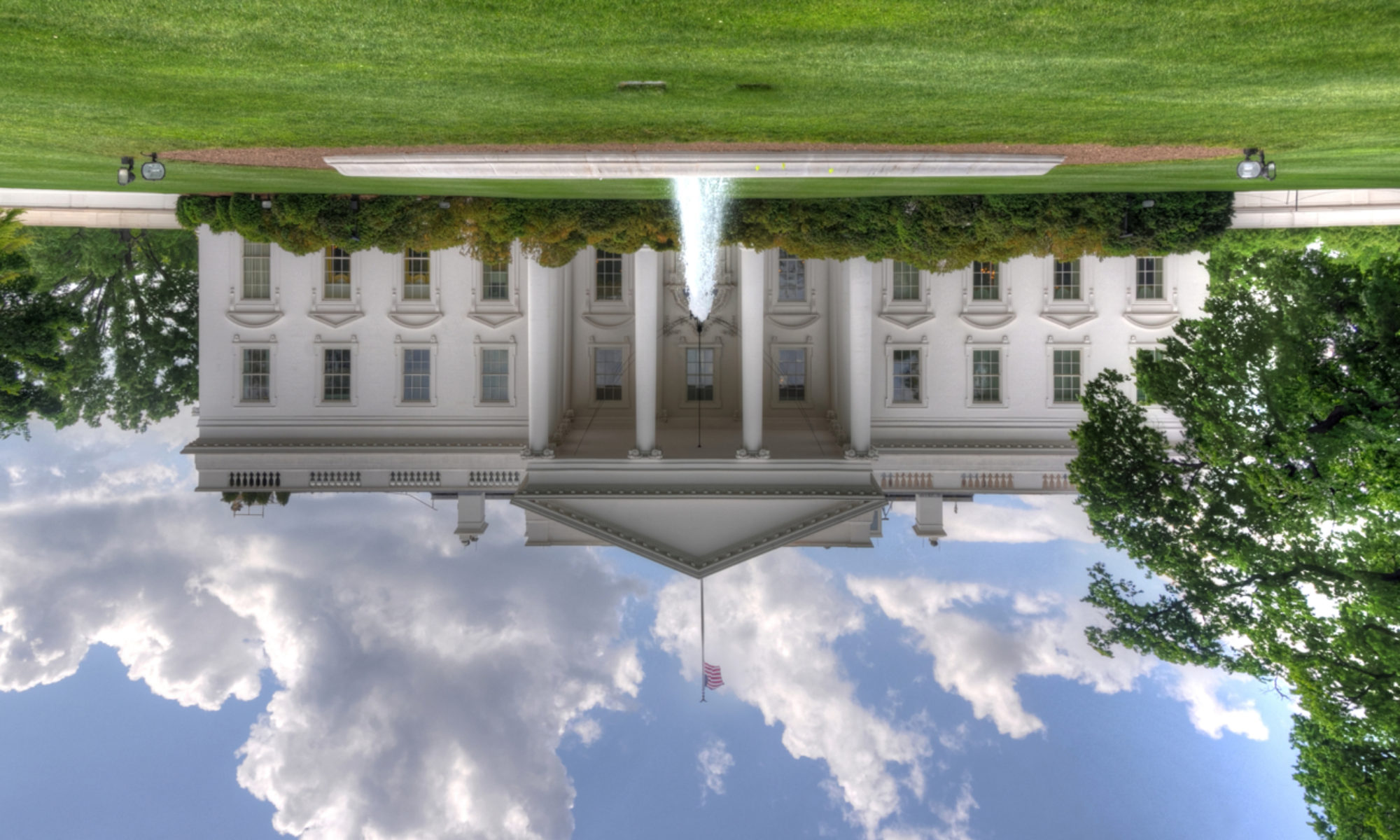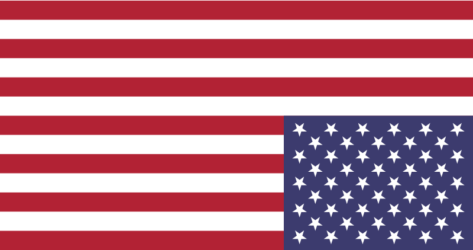As I write this, the world is still awaiting the results of the 2020 Presidential election. Even before the winner is called, and no matter whether it is Joe Biden (who at this moment looks promising) or Donald Trump, the overall results have been a little disturbing. It is genuinely surprising how much of the country wants Donald Trump to remain their president for four more years.
Many Americans (a lot of us thought it was most Americans) couldn’t wait for the opportunity to elect Joe Biden to replace Donald Trump and stop the national bleeding that has resulted from an administration defined by corruption, lies, divisiveness, recklessness, and gross mismanagement of a pandemic that has killed hundreds of thousands of Americans. Record voter turnouts were encouraging. Lifelong Republicans in droves were declaring their intention to vote for Joe Biden, and even many prominent Republicans endorsed Biden.
Yet, on Election Night, the news networks’ Magic Walls and prediction maps lit up in red, one state after another, showing Donald Trump as the winner for those states. It’s always true that some states will vote predominantly red, while others vote predominantly blue; that’s democracy in action. During this, The Most Important Election of Our Lifetimes, then, why have so many people voted to keep a man in office who has shown a keen interest in eliminating as much of our democracy as possible?
Polls showed that the president’s handling of the coronavirus pandemic was a big factor in how Americans planned to vote. According to those polls, most Americans aren’t happy with how Donald Trump has managed the pandemic, and feel Joe Biden would do a better job of it. Though we can’t ignore that fact that millions of votes did reflect this, for an alarming number of other Americans, the over 224,000 deaths, the millions of positive cases, and the president’s reckless super-spreader rallies, weren’t a problem.
When Americans elected Donald Trump in 2016, it might have been understandable that they wanted a change from politics as usual, and saw that in Trump. They’d try him out, and if it didn’t work out, then, in four years, another president could be elected instead. It might have been excusable that some of them were desperate about their jobs or their futures, and saw hope in Donald Trump. Others believed his convenient claim of being “pro-life,” and that’s all that mattered to them. And some, we know, liked Trump’s message of racism and xenophobia disguised as “America First” and “Law and Order,” which made them, at last, feel safe to come out of the shadows and express their own racism and xenophobia. Many were in all three pro-Trump camps.
Desperation and hope are understandable. “But the economy” is perhaps a valid argument until we consider all of the integrity and decency that Trump voters have been willing to disregard and overlook for its sake. What’s more, it’s been four years, and many of those desperate people who voted for Trump are still waiting for “the economy” to work for them.
Donald Trump has shown who he is, and his loyalists have shown who they really are. The “let’s see what happens” approach to Trump as president has expired. We’ve seen what has happened: the division, the open corruption of the adminstration, the rollback of many Obama-era environmental protections, the rise (or at least the increased boldness) of white supremacists and right-wing militia groups, the death and tragedy from an unmanaged pandemic, the open racism and xenophobia, the stamp of approval on misogyny. After four years of all this, an alarming number of Americans have demonstrated that they have no problem with any of it.
Numerous high-ranking former military officers have condemned Trump’s misuse of the military to squelch freedoms and further his own political interests.
Following Trump’s stunt in June, 2020, where he used the military to break up a peaceful demonstration in response to the police killing of George Floyd, then posed in front of church with a Bible for a photo-op, Marine Corps General John Allen, former commander of US forces in Afghanistan under Obama, said, “Donald Trump isn’t religious, has no need of religion, and doesn’t care about the devout, except insofar as they serve his political needs…To even the casual observer, Monday was awful for the United States and its democracy. The president’s speech was calculated to project his abject and arbitrary power, but he failed to project any of the higher emotions or leadership desperately needed in every quarter of this nation during this dire moment.”
National security experts and former intelligence officials have warned that Trump is a threat to our national security in a variety of ways. Some of the ways Trump endangers the nation include his freewheeling granting of security clearance to others who may be national security threats; his cozying up to despotic strongmen such as Russia’s Vladimir Putin and China’s Xi Jinping; and his replacement of experienced career diplomats in key global locations with inexperienced campaign donors. In addition, it was recently revealed that Trump has excessive financial debt to foreign countries.
David Kris, former head of the Justice Department’s National Security Division and founder of Culper Partners consulting firm, says, “For a person with access to U.S. classified information to be in massive financial debt is a counterintelligence risk because the debt-holder tends to have leverage over the person, and the leverage may be used to encourage actions, such as disclosure of information or influencing policy, that compromise U.S. national security.”
Perhaps most astonishing is the fact that even though Donald Trump has loudly signaled that he’d like to be a despotic ruler more than president of a democratic nation, the small-government, self-proclaimed rugged individualists who are his supporters are willing to enable him as he attains this career goal. They believed his threats of chaos, violence, loss of liberty, and even “socialism,” should he not get four more years in the White House, fearing for their democracy. Yet, they’re just fine with Trump’s claim of “absolute authority” as president, his attempts to silence the media, and his frequent abuses of office.
It’s true that Joe Biden has received more popular votes than any other candidate in American history, yet it’s dismaying how many Americans chose to cast their votes for Donald Trump. Whether it was in spite of who Trump is, or because of who he is, those voters have demonstrated clearly that they don’t have a problem with what Trump stands for, and how he treats other human beings.
If Joe Biden does become president, it will be a start toward ending the division in this country. The division, however, stems from something deeper than mere “political disagreement.” Friends and neighbors can agree to disagree. When it comes to human rights, treatment of others, and the safety of American lives, however, it is no longer a matter of political opinion, it is a matter of character. The 2020 Presidential Election revealed to us the disturbing fact that a large number of Americans align with the character of Donald Trump. Joe Biden, if elected to replace Donald Trump, has his work cut out for him. (P.S.: I believe he’s up to the task.)
How the world is reacting to the U.S. presidential election | CBS News
[2020-11-04]
Trump supporter leaves CNN anchor speechless | CNN [2016-10-10]

